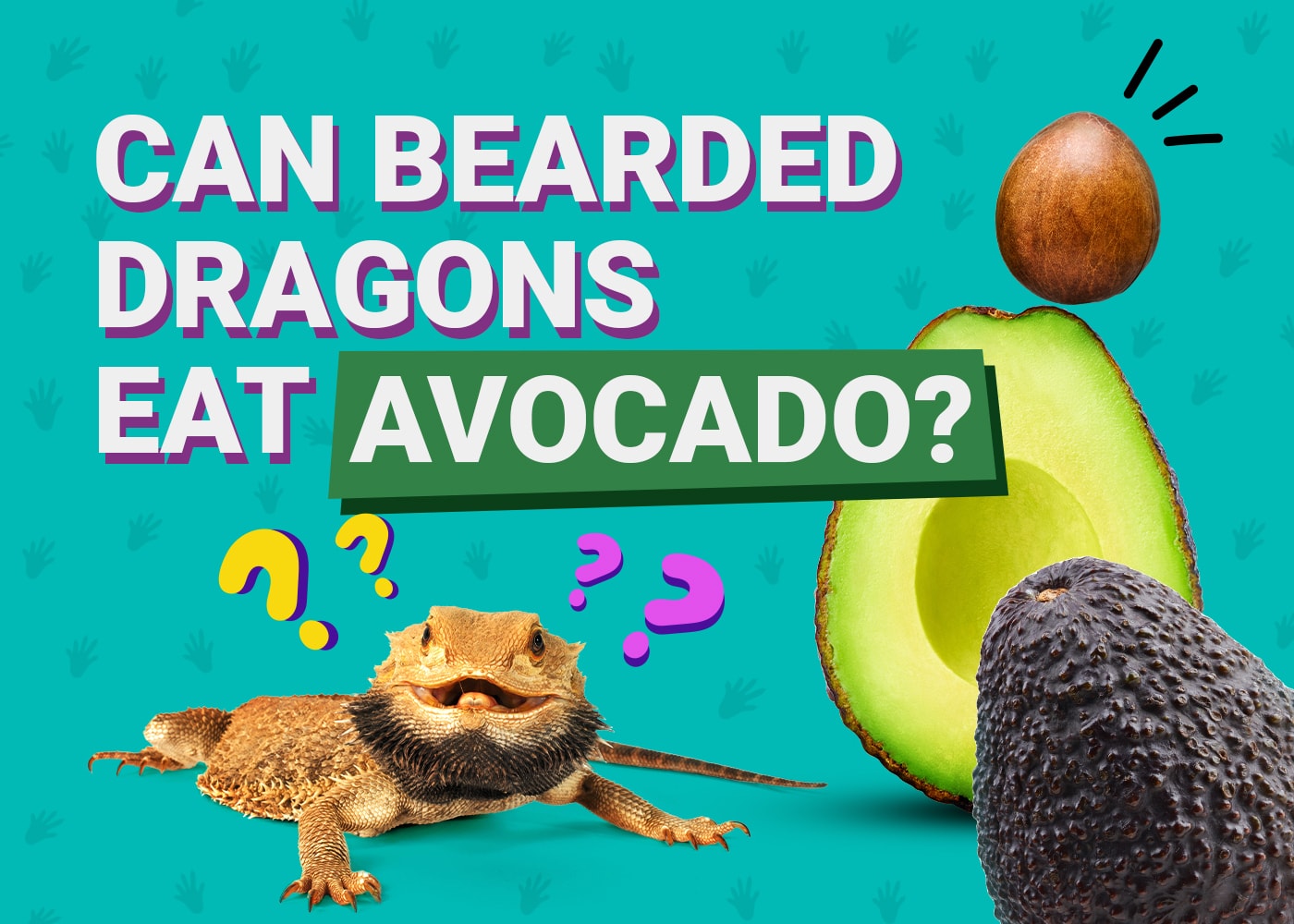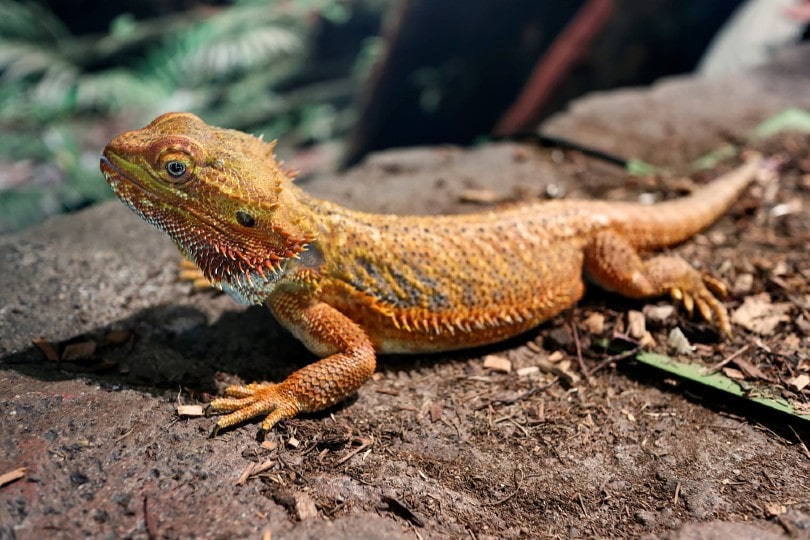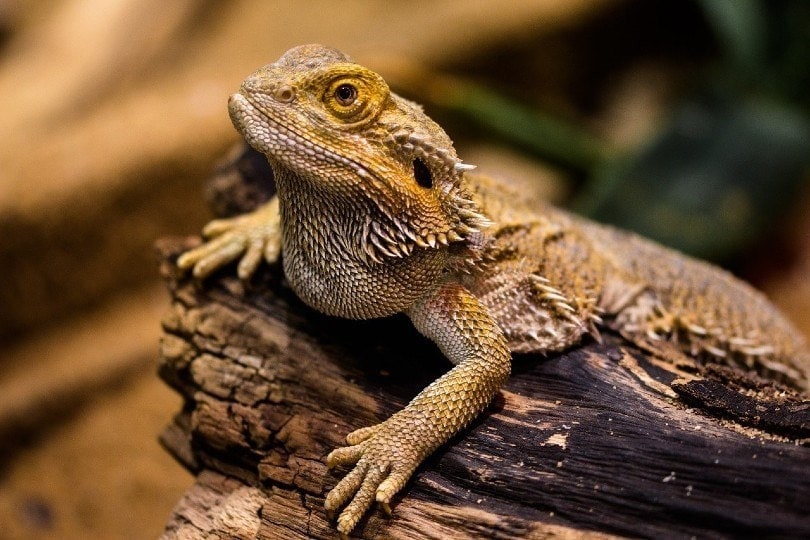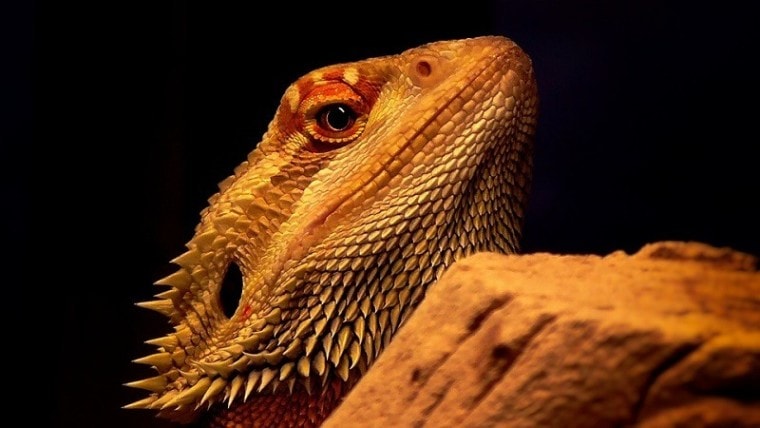
Click to Skip Ahead
Bearded dragons are one of the most social, interactive lizards you can have in captivity. Owners are drawn to them because of their curiosity, quirks, and cool looks. These lizards are relatively easy to care for, especially when you know exactly how to maintain their enclosure and provide a nutritious diet.
If you’re a first-time beardie owner, you are probably brushing up on all the facts you can learn. Growth is so important for bearded dragons. You can expect your bearded dragon to grow up to approximately 16-24 inches when they are full adults. Ideal environmental factors alongside a well-balanced diet will ensure your little dragon grows big and strong—just as they should.
 Facts About Bearded Dragons
Facts About Bearded Dragons
Bearded dragons are desert lizards that are native to the toasty climate of Australia. The domestication of bearded dragons really caught on in the United States during the 1990s.

However, many reptile lovers have been swept away by the social nature of these incredible desert dwellers.
Bearded Dragon Size and Growth Chart
| Age | Weight | Body Length |
| Hatchlings (0–2 Months) | 0.1–2.82 ounces | 3–9 inches |
| Juveniles (3–11 Months) | 2.82–16.9 ounces | 8–20 inches |
| Sub-Adults (12–18 Months) | 10.5–17.6 ounces | 16–22 inches |
| Full Adults (18+ Months) | 10.9–17.9 ounces | 16–24 inches |
Sources:
https://reptile.guide/wp-content/uploads/2020/01/Bearded-Dragon-Growth-Rate-Chart-by-Age.jpg
https://s-media-cache-ak0.pinimg.com/736x/0e/b9/94/0eb994663c6fde67a3c083f4cae78ee1.jpg
When Do Bearded Dragons Reach Their Full Size?
Bearded dragons reach their full size by 18 months old. As adults, they should measure between 15 to 24 inches, depending on a few factors. They should weigh roughly 11–18 ounces.
Taking your lizard to regular vet checkups is extremely vital during their first year. You need to make sure they are on par and correctly nourished. If you skip a visit, you might miss some important information that could help your beardie thrive.
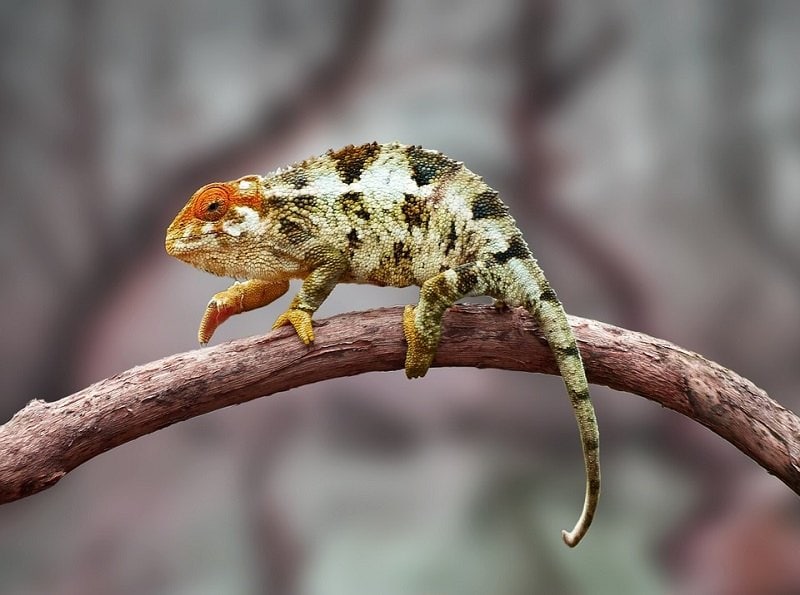
What Other Factors Affect Bearded Dragon Growth?
Ideal Diet for Optimal Growth
Your beardie should have a full selection of calcium-rich, gut-loaded insects as well as fresh fruits and veggies. The recommendation is to offer 75% insects and the other 25% fruits and veggies.
Beardies don’t really need much plant matter until they’re 12 months or older. They need to have insects, fruits, and veggies. The general rule is that you should offer 75% insects, 20% veggies, and 5% fruits as a whole.
- Tip: Do not try to put crickets into a cage with bearded dragons unless it’s feeding time. Even though it might seem convenient, they can rule the roost—and even bite your beardie. Only let them interact with the crickets during mealtime.
Items on the Menu
When it comes to their overall diet, you should make sure your beardie has a sound variety of food items to eat.
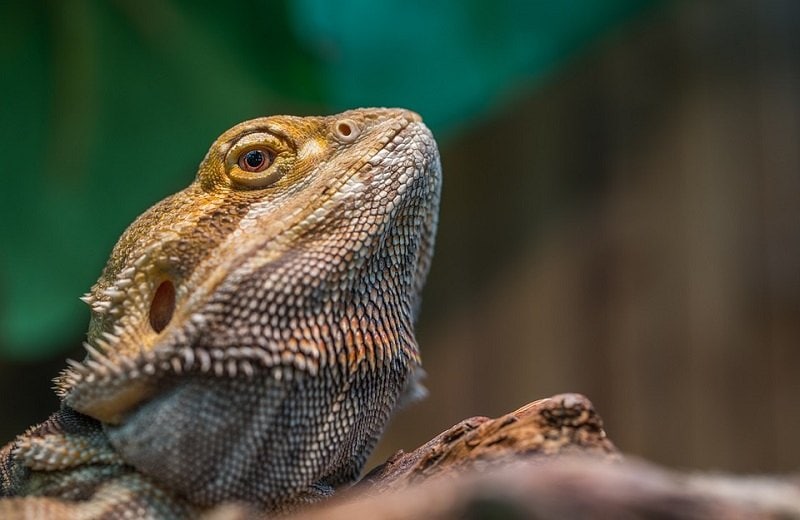
Things to Avoid During Feeding
Even though beardies have a pretty wide menu choice, there are some foods that can be downright dangerous.
Why Is My Bearded Dragon Not Growing?
If you haven’t noticed any recent increase in size, it may raise some concerns.
How Can I Tell if My Bearded Dragon Is Overweight or Underweight?
If you keep your bearded dragon on a specific diet for their life stage, you shouldn’t run into an issue of over and underweight. However, if you notice something is amiss with their weight, you may want to take a closer look.
Underweight Bearded Dragons
Your bearded dragon should never look flat or thin.
Overweight Bearded Dragons
That’s right—your beardie can pack on ounces, too.
Healthy Bearded Dragons
How to Measure a Bearded Dragon
There are two ways to measure the length of your bearded dragon. The technically correct way is to measure from the tip of the snout to the vent, which is the opening below the base of the tail. However, many people find it easier to measure their beardies from the snout to the tip of the tail.
The tail often accounts for half or more of the body length. Keep in mind that if you track your beardie’s measurements at home from snout to tail tip, you should tell your vet you’ve measured them this way when you take them for a visit so that they can measure the same way that you have been.
To weigh your bearded dragon, a food or baby scale is ideal. You can use a bowl and zeroed scale to contain your beardie if needed. Note that an adult bearded dragon over 510 grams is usually considered obese, so it may be time to talk to your vet about a diet if needed.

 Final Thoughts
Final Thoughts
Keeping track of your beardie’s growth will only reassure you that all is as it should be. Especially if you’re an inexperienced owner, it can be nerve-wracking to not know you’re doing everything right.
Make sure to keep a feeding schedule, so you know they’re getting the right amount of food appropriate for their life stage. Also, UV light is equally important—they really need their vitamin D.
Featured Image Credit: ZeppsProject, Pixabay

 Facts About Bearded Dragons
Facts About Bearded Dragons

